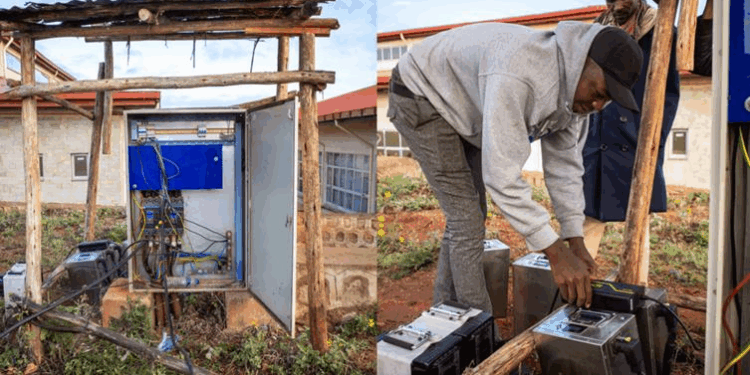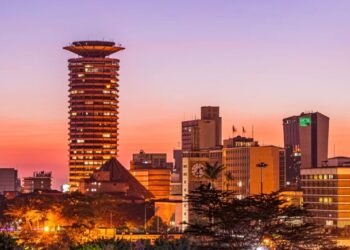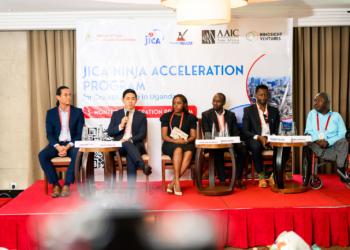By Pamela Otali
Earlier this October, a convoy of electric vehicles embarked on a groundbreaking 1,600-kilometre 8-day journey from Nairobi to Addis Ababa – the first cross-border e-mobility expedition of its kind in Eastern Africa. Dubbed the “Road to Addis,” this event was more than just an adventurous road trip. It was a bold statement about the region’s capacity for innovation, cooperation, and clean energy transformation.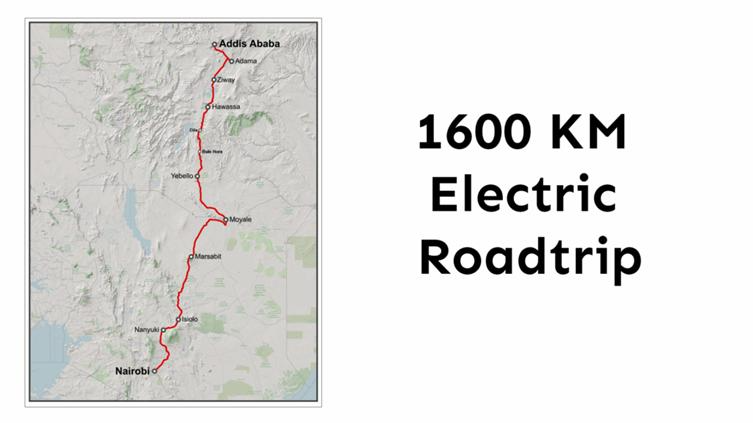
The journey, led by Intro Africa in collaboration with Thought Leader Africa and several regional partners, highlighted what can be achieved through purposeful and constructive connections. It demonstrated that electric mobility – once seen as a far-off dream – is becoming a real and viable option for the African continent. The vehicles travelled entirely on electric power, navigating various terrain and logistical hurdles, especially that of limited charging points.
“It’s not the convenience of pulling into a petrol station and refuelling in minutes. It’s running cables, learning which adapters work, and waiting hours for a charge. But that’s the reality of being early in the e-mobility journey, and I embrace these challenges. Because one day, when EVs are everywhere, we’ll look back and see how far we’ve come,” said Paul Kidero from Intro Africa.
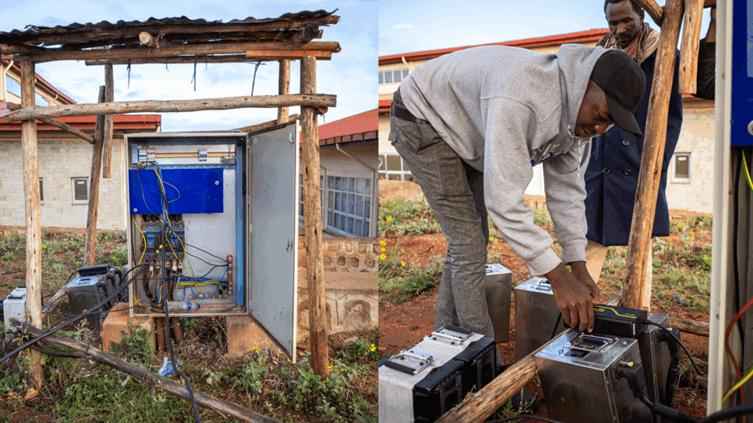
This is a reminder that while progress is being made, much more needs to be done to make e-mobility practical on a continental scale.
Across the Eastern Africa Power Pool (EAPP) region, only a few countries, such as Kenya and Ethiopia, have begun establishing national networks of charging stations. Kenya Power, for instance, has announced plans to roll out public charging points along major highways, while Ethiopia recently launched its national e-mobility strategy and banned the importation of fossil-fuel-powered private cars, aiming for 500,000 electric vehicles by 2030.
These national efforts are being supported by a growing number of private investors, such as Munja Group, Eazy Power Plc, SPIRO and Kabisa, who are leading initiatives to establish charging networks and promote affordable mobility solutions. Yet, as the participants of Road to Addis emphasized, no single player can solve this challenge alone. The transition requires a complete ecosystem — governments providing policy support and tax incentives, development partners offering financing and technology transfer, and regional bodies such as EAPP ensuring the grid infrastructure can handle new and growing demands.
For the EAPP, the Road to Addis undertaking highlights both the progress achieved and the work ahead. As our mandate is to facilitate cross-border electricity trade and enhance access to clean, reliable, and affordable energy across the thirteen member countries, E-mobility sits naturally within this vision. By supporting stable interconnections and promoting renewable power generation, EAPP is laying the foundation for a transport system powered by African energy – rather than imported fossil fuels.
As Eng. James Wahogo, Secretary General of EAPP, noted during the event to celebrate the arrival of the fleet in Addis, “This is a challenge to utilities across the region to install the necessary infrastructure and demonstrate that this is possible. And even as we enhance supply, we must build the demand.”

The broader implications are immense. A functional e-mobility ecosystem powered by renewable energy can help reduce fuel import bills, create new industrial opportunities, improve air quality in urban areas, and contribute significantly to the fight against climate change. Climate change remains one of the most urgent threats to all, and it is therefore worthwhile – even essential – to invest in this transition.
Yet the journey toward clean mobility cannot be limited to urban centres. As one speaker aptly put it, “Within cities, infrastructure is increasing; the real key is interconnecting cities — that’s how people and goods move.” Initiatives such as the Ethiopia-Kenya power interconnection, which recently began wheeling electricity to Tanzania, make it entirely possible to envision a green corridor between Nairobi and Addis Ababa, where transport, energy, and trade converge seamlessly.
The Road to Addis expedition has proven that Eastern Africa has both the potential and the will to drive this transformation. What is needed now is coordination, investment, and commitment. The Eastern Africa Power Pool stands ready to play its part – by supporting harmonized standards, facilitating regional cooperation, and ensuring that the energy powering Africa’s future is clean, reliable, and interconnected.
And when electric transport becomes the norm across Eastern Africa borders, we will look back on this moment as the one that truly set that future in motion.
Read more about the road trip @ https://intro.africa/story/road-to-addis/

